Komentáře / Otázky (13)
![]() Schopf, Beate napsala:
Schopf, Beate napsala:
Ich habe das Kleid vor ein paar Jahren gestrickt. Bis jetzt hat meine Enkelin es gerne oft getragen. Jetzt ist es zu klein geworden. Nun werde ich es zum zweitenmal in 140 Stricken. Es wird sicher wieder 1-3 Jahre getragen werden.
29.03.2025 - 08:30
![]() Letizia napsala:
Letizia napsala:
Buongiorno!! Se volessi lavorare questo modello in tinta unità (senza motivo jacquard) come devo procedere per lo sprone? Grazie mille
06.02.2023 - 13:05Odpověď DROPS Design :
Buonasera Letizia, può lavorare il motivo con un colore solo rispettando gli aumenti. Buon lavoro!
10.02.2023 - 16:08
![]() Hélène napsala:
Hélène napsala:
Bonjour! À la section « bordure de manches » vous mentionnez « relever en plus 1 maille dans chacune des 8 mailles. Ma question comment relevez-vous ces mailles.? Au plaisir de vous lire,
21.12.2020 - 14:00Odpověď DROPS Design :
Bonjour Hélène, utilisez la technique montrée dans cette vidéo ou bien dans cette leçon, photo 18B. Bon tricot!
21.12.2020 - 14:18
![]() Isabel napsala:
Isabel napsala:
Hallo, ich bin gerade dabei euer schönes Modell zu stricken. In der Anleitung steht, dass das Modell von oben nach unten gestrickt wird, auf den bildern sieht das aber so aus als ob die Tunika von unten nach oben gestrickt wurde. Was ist richtig? Beim Rumpfteil steht, dass 1 Runde links gestrickt wird und dann noch 7 cm glatt rechts. Auf den Bildern sieht das nicht so aus, als ob die Tunika noch so lang wird.
20.12.2020 - 22:16Odpověď DROPS Design :
Liebe Isabel, die Anleitung für diese Tunika wurde von oben nach unten gestrickt - beim Rumpfteil stricken Sie glattrechts mit rot bis Arebit mist 19-22-25-28-31-34 cm ab der Teilung, erst dann A.2 und 7 cm glatt rechts (Bruchkante) stricken. Viel Spaß beim stricken!
21.12.2020 - 08:33
![]() Hélène napsala:
Hélène napsala:
Bonjour, Je tricote présentement votre modèle Lotta mais j’aimerais savoir si vous avez des modèles de chandails pour adolescents soit 14-16ans .? Au plaisir de vous lire
03.11.2020 - 17:48Odpověď DROPS Design :
Bonjour Hélène, nous avons quelques modèles enfant en taille 13/14 ans et d'autres modèles seront en taille XS dans la rubrique adulte. Bon tricot!
04.11.2020 - 08:41
![]() Hélène napsala:
Hélène napsala:
Bonjour, j’ai une autre question en référence au « col « à savoir comment faites-vous les augmentations soit (24) grandeur 9-10. Est-ce un jeté ou une augmentation intercalaire? Merci à l’avance
14.10.2020 - 22:37Odpověď DROPS Design :
Bonjour Hélène, vous pouvez faire un jeté ou augmenter comme vous en avez l'habitude. Bon tricot!
15.10.2020 - 09:05
![]() Hélène napsala:
Hélène napsala:
Bonjour! À la section « col » les augmentations se font-elles en fonction des informations selon votre vidéo « comment répartir des augmentations/diminutions « . Je tricote la grandeur 9/10 donc je dois augmenter de 24 mailles pour un total de 120 mailles. Merci à l’avance.
06.10.2020 - 17:27Odpověď DROPS Design :
Bonjour Hélène, tout à fait les augmentations doivent se faire à intervalles réguliers comme l'explique cette leçon. Bon tricot!
07.10.2020 - 07:59
![]() Birgit Hommes napsala:
Birgit Hommes napsala:
Hallo, habe dieses schöne Modell nachgearbeitet in Gr. 146/152. Leider hatte ich am Ende jeweils ein Knäuel übrig, von rot fast 2. Hier sollte die Anleitung für die Bestellung angepasst werden.
26.01.2020 - 11:46
![]() Mechthild napsala:
Mechthild napsala:
Hallo! Bei der Ärmelblende beschreibt ihr, dass die stillgelegten Maschen auf ein Nadelspiel Nr. 3,5 gelegt werden sollen. Ich vermute, dass sich hier ein Schreibfehler eingeschlichen hat und ihr Nr. 2,5 meint? Liebe Grüße M.
04.06.2019 - 16:02Odpověď DROPS Design :
Liebe Frau Mechtild, Sie sind ja recht, die Ärmelblende wird mit Nadeln 2, 5 gestrickt, eine Korrektur erfolgt gleich. Viel Spaß beim stricken!
06.06.2019 - 09:05
![]() Nathalie napsala:
Nathalie napsala:
Bonjour j’ai une question je suis rendu dos et devant dans le patron il indique de tricoter en jersey et quand l’ouvrage mesure x (depuis la séparation ) que voulez vous dire depuis la séparation? Et que veut dire :rang de cassure ?
04.10.2018 - 04:23Odpověď DROPS Design :
Bonjour Nathalie, la hauteur depuis séparation correspond à la hauteur tricotée uniquement sur le dos et le devant, après avoir mis les mailles des manches en attente. Le rang de cassure est le tour envers que l'on tricote sur l'endroit, on va ensuite replier la bordure au niveau de ce rang et coudre les mailles rabattues sur l'envers -cf vidéo. Bon tricot!
04.10.2018 - 10:24
Lotta#lottatunic |
||||||||||
 |
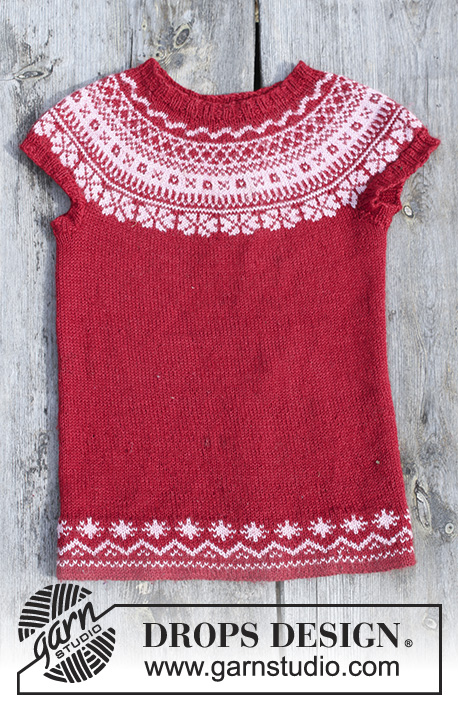 |
|||||||||
Dětská tunika s kruhovým sedlem a norským vzorem, pletená shora dolů z příze DROPS BabyMerino. Velikost 2 - 12 let.
DROPS Children 30-8 |
||||||||||
|
VZOR: Viz schémata A.1 a A.2. Zvolte si schéma pro požadovanou velikost. TIP (norský vzor): Abychom předešli deformování pleteniny v místech s vyplétaným vzorem, dbáme na to, aby vlákna příze tažená za prací nebyla příliš utažená. Pokud má vzor přece jen tendenci příliš se stahovat, použijeme na vyplétání vzoru silnější jehlice. ---------------------------------------------------------- TUNIKA: Pleteme v kruhových řadách na kruhové jehlici, shora dolů, tj. od průkrčníku k dolnímu okraji. Aby tunika lépe seděla, můžeme uplést zadní stranu průkrčníku mírně zvýšenou. Pokud se rozhodnete zvýšení průkrčníku vynechat, bude přední a zadní díl stejně vysoký – viz ZVÝŠENÍ zadního průkrčníku níže. Po dokončení sedla pleteme trup v kruhových řadách na kruhové jehlici. Rukávky pleteme v kruhových řadách na ponožkových jehlicích, shora dolů. LEM PRŮKRČNÍKU: Na krátkou kruhovou jehlici č.2,5 nahodíme červenou přízí 88-88-92-96-96-100 ok a označíme si začátek kruhové řady (= střed zadního průkrčníku). Pleteme pružným vzorem 2/2 (= střídáme 2 oka hladce, 2 obrace) do výše 1,5 cm. Pak pleteninu převedeme na kruhovou jehlici č.3. Pleteme 1 kruhovou řadu hladce a SOUČASNĚ přidáme rovnoměrně 7-17-18-19-24-25 ok = 95-105-110-115-120-125 ok. Nyní buď upleteme zvýšení zadní strany, nebo budeme pokračovat rovnou sedlem (bez tvarování průkrčníku). ZVÝŠENÍ ZADNÍHO PRŮKRČNÍKU: Pokud průkrčník tvarovat nechcete, pak tuto část vynechejte. Upleteme hladce 8 ok za značkou, práci otočíme, přízi utáhneme a pleteme obrace 16 ok zpáteční řady. Práci otočíme, přízi utáhneme a upleteme hladce 24 ok, práci otočíme, přízi utáhneme a pleteme obrace 32 ok zpáteční řady. Takto pokračujeme – po každém otočení práce upleteme vždy o 8 ok více, až máme upleteno celkem 48-48-48-64-64-80 ok. Práci otočíme a pleteme zpět ke středu zadního průkrčníku (= ke značce). SEDLO: Nyní pleteme vzor A.1 (= v kruhové řadě máme 19-21-22-23-24-25 sekvencí vzoru). Viz TIP! Podle potřeby převedeme pleteninu na delší kruhovou jehlici. Po dokončení celé sekvence vzoru A.1 (na výšku) máme v kruhové řadě 228-252-264-276-288-300 ok. Pleteme 1 kruhovou řadu hladce a SOUČASNĚ upravíme celkový počet ok v kruhové řadě na výsledných 236-252-260-280-292-304 ok. Pak upleteme červenou přízí ještě 0-1-2-0-1-2 cm výšky. Sedlo teď měří asi 13-14-15-16-17-18 cm (měřeno uprostřed přední strany a bez pružného lemu). Následující kruhovou řadu pleteme takto: upleteme 35-38-39-42-44-46 ok (= polovina zadního dílu), následujících 48-50-52-56-58-60 ok odložíme na pomocnou jehlici (oka jen odložíme, nepleteme je! = rukávek), nahodíme 6-6-8-8-8-8 nových ok (= podpaží, bok), upleteme 70-76-78-84-88-92 ok (= přední díl), následujících 48-50-52-56-58-60 ok odložíme na pomocnou jehlici (oka jen odložíme, nepleteme je! = rukávek), nahodíme 6-6-8-8-8-8 nových ok (= podpaží, bok) a upleteme posledních 35-38-39-42-44-46 ok (= polovina zadního dílu). Trup a rukávky dokončíme odděleně. NYNÍ MĚŘÍME DÍL OD TOHOTO MÍSTA! TRUP: = 152-164-172-184-192-200 ok. Pokračujeme červenou přízí lícovým žerzejem. Ve výši 19-22-25-28-31-34 cm od průramků upleteme 1 kruhovou řadu hladce a SOUČASNĚ přidáme rovnoměrně 0-4-4-0-0-0 oka = 152-168-176-184-192-200 ok. Pak pleteme nad všemi oky vzor A.2 (= 19-21-22-23-24-25 sekvencí vzoru po 8 okách). Po dokončení celé sekvence vzoru A.2 (na výšku) pokračujeme červenou přízí. Upleteme 1 kruhovou řadu obrace (= přehyb), pak pleteme 7 cm výšky lícovým žerzejem. Poté všechna oka uzavřeme. RUKÁVEK: Odložená oka jednoho rukávku vrátíme z pomocné jehlice zpět na ponožkové jehlice č.3,5 a navíc k nim nabereme červenou přízí po 1 oku z každého z 6-6-8-8-8-8 nově nahozených ok v podpaží = 54-56-60-64-66-68 ok. Doprostřed 6-6-8-8-8-8 nových ok v podpaží vložíme značku = střed vnitřní strany rukávku. Pleteme 1 kruhovou řadu hladce a SOUČASNĚ přidáme rovnoměrně 2-0-0-0-2-0 oka = 56-56-60-64-68-68 ok. Pak pleteme lem pružným vzorem 2/2. Když je lem vysoký 1,5 cm, všechna oka dle vzoru uzavřeme. Stejným způsobem upleteme i druhý rukávek. DOKONČENÍ: Dolní okraj tuniky přeložíme v místě přehybu (= 7 cm od dolního okraje), zahneme do rubu a přišijeme. |
||||||||||
Vysvětlivky ke schématu |
||||||||||
|
||||||||||
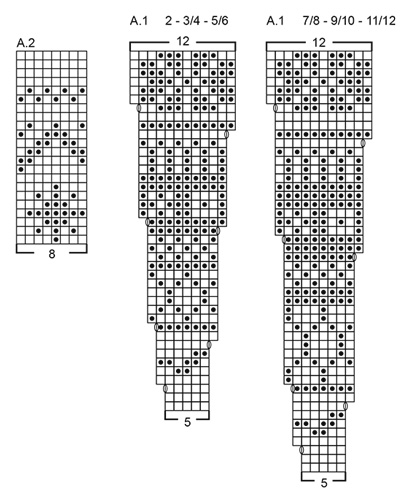
|
||||||||||
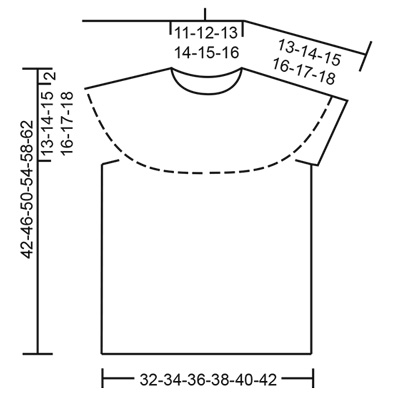
|
||||||||||
Dokončili jste tento model?Pak označte své fotky tagem #dropspattern #lottatunic nebo je pošlete do galerie #dropsfan. Potřebujete s tímto návodem poradit?Otevřete-li si návod na stránce garnstudio.com, najdete tam 24 výukových video-ukázek, Komentáře/Dotazy a další užitečné informace. © 1982-2025 DROPS Design A/S. Vyhrazujeme si veškerá práva. Tento dokument, včetně všech jeho dílčích částí, podléhá autorským právům. Podrobnější komentář k možnostem užití našich návodů najdete dole pod každým návodem na našich stránkách. |
||||||||||







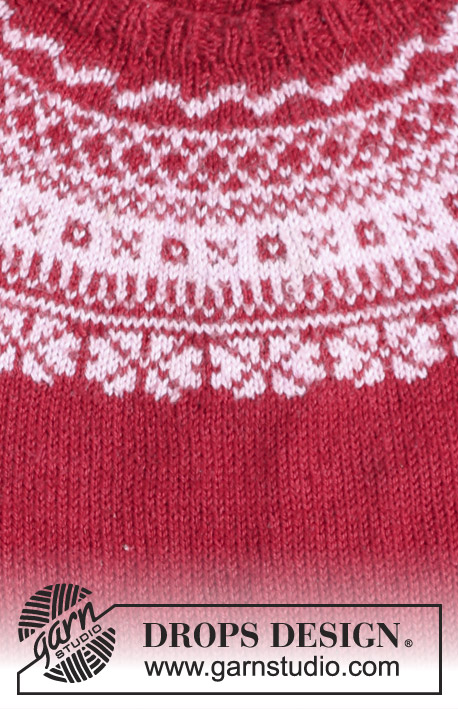

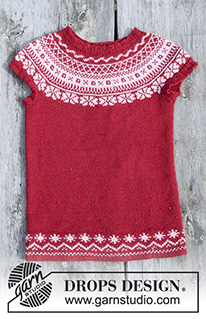




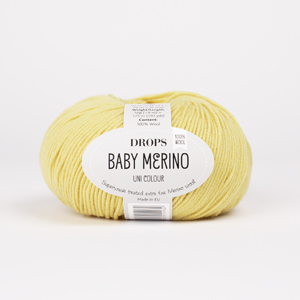
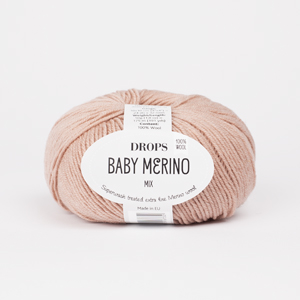
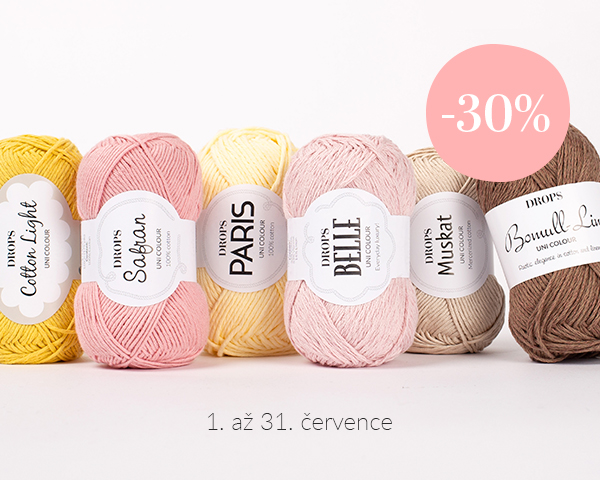











































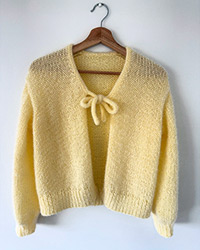
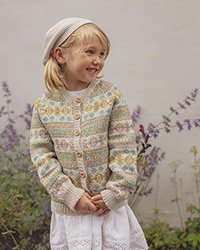
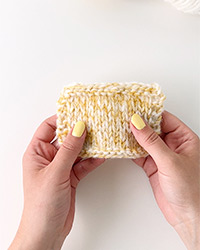
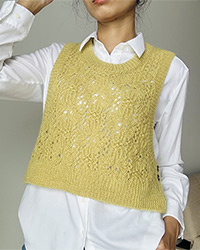

Přidejte komentář k návodu DROPS Children 30-8
Rádi bychom věděli, co si o tomto modelu myslíte!
Pokud se chcete na něco zeptat, dbejte prosím na to, abyste ve formuláři níže vybrali správnou kategorii - díky tomu se dříve dozvíte, co potřebujete vědět. Povinná pole jsou označena *.